vab2023-01-16T18:40:57+00:00
The year is 2022, and Covid-19 still lurks around the corner, reminding us of the horrors of a deadly pandemic. The world is still recovering while making way for newer norms, a few of which are here to stay. Governments, industries, businesses and almost every sector is still trying to re-think the way things have been before, and how to make them better with newer ideas. To adjust to their new circumstances, every business has had to make quick adjustments to its personnel management practices. One crucial situation seems to emerge from the conflict: the importance of contingent workforce resources. It is vital to understand whether the goal is to decrease headcount, increase it, or modify the composition of their workforce.
Budgets were immediately tightened because no one could have predicted the economic effects this pandemic would have. Spending on items unrelated to COVID was all but suspended because of anticipated income decreases and the financial burden of managing rapid infrastructure change. Priorities needed to be quickly reevaluated to allow for the redirection of cash to deal with these significant changes and safeguard revenue against the upcoming changes the epidemic was to bring.
Perhaps it is not unexpected that many professionals in workforce management are pushing towards higher use of all forms of a contingent workforce to promote flexibility in ambiguous operational environments. The requirement for flexibility in workforce management, however, coupled with the dramatic reorganisation of workplace infrastructure, the widespread adoption of remote work, and the somewhat unexpected durability of worker productivity highlights the inherent worth of leveraging contingents of all kinds.
The Covid-19 storm was considerably easier to weather for those who have the flexibility to scale up and down. While independent contractors hired through MSPs or other flexible solutions have had easier access to jobs in regions with high demand. The current crisis has served as a sobering reminder of the importance of flexibility under organisational stress.
In order to be well-positioned for the economic recovery, some businesses are delaying the offboarding of important contingent workers. On the other hand, other businesses have stepped up their hiring efforts to fill difficult-to-fill positions. However, regardless of the business, some industries will recover more quickly than others.
After a 25% overall decline in usage, which represents the overall increase in unemployment during the pandemic, the aggregate of all worker categories did indeed reveal a fairly even split between responders increasing or maintaining levels of contingent workers. However, when looking more closely at the statistics, it becomes evident that the majority of particular contingent worker classifications were either maintained at current levels or increased more than they decreased.
The good news is those contingent agreements do provide what candidates want. It gives workers the opportunity to work from home at their convenience and enables remote work.
Additionally, the dearth of full-time workers in the labour market is forcing firms to search for contingent talent. Because of this, businesses are moving toward a hybrid workforce strategy. They are being shrewd by utilising both their permanent personnel and their contingent employees in a single engagement framework.
As a result, businesses are prepared to pay contingent labour more right away.
Every business must make a different choice about gig employees. Whatever that could entail for your company, it’s critical to discover ways to adapt and be accommodating when things are uncertain.
When it comes to dealing with the extreme disruption brought on by the Coronavirus, it is obvious that the contingent workforce management community is just as affected as their HR colleagues. However, the results of this poll highlight the crucial role played by knowledgeable suppliers of workforce management systems who have the skills and knowledge required to assist workforce managers through these quick changes in the operational environment.
